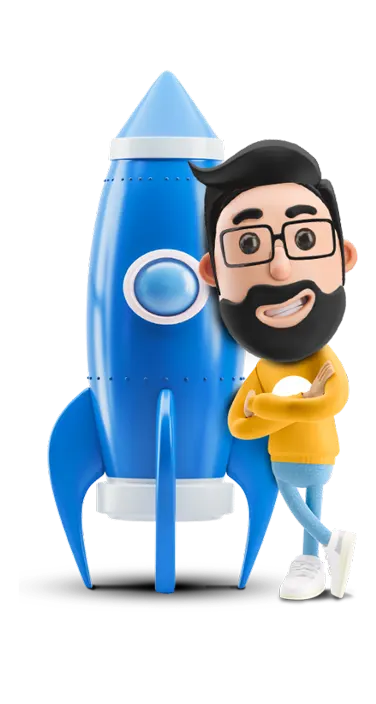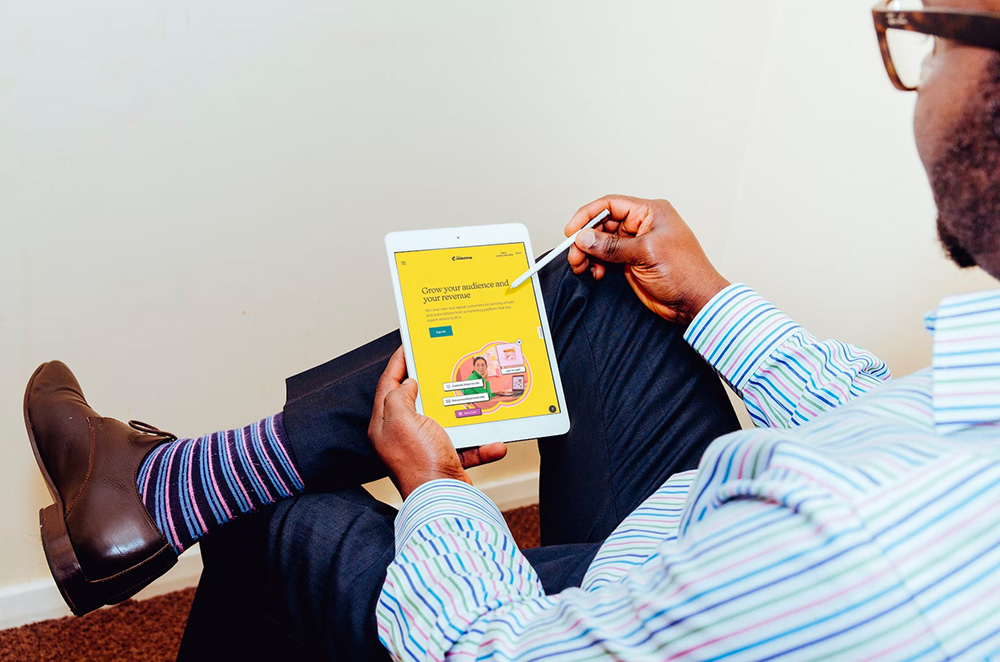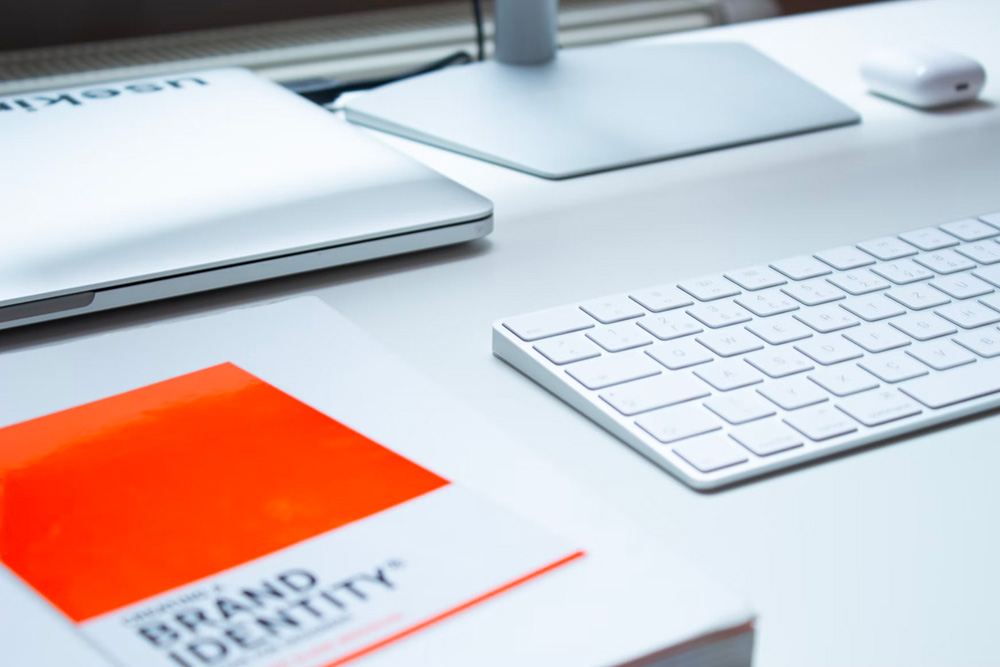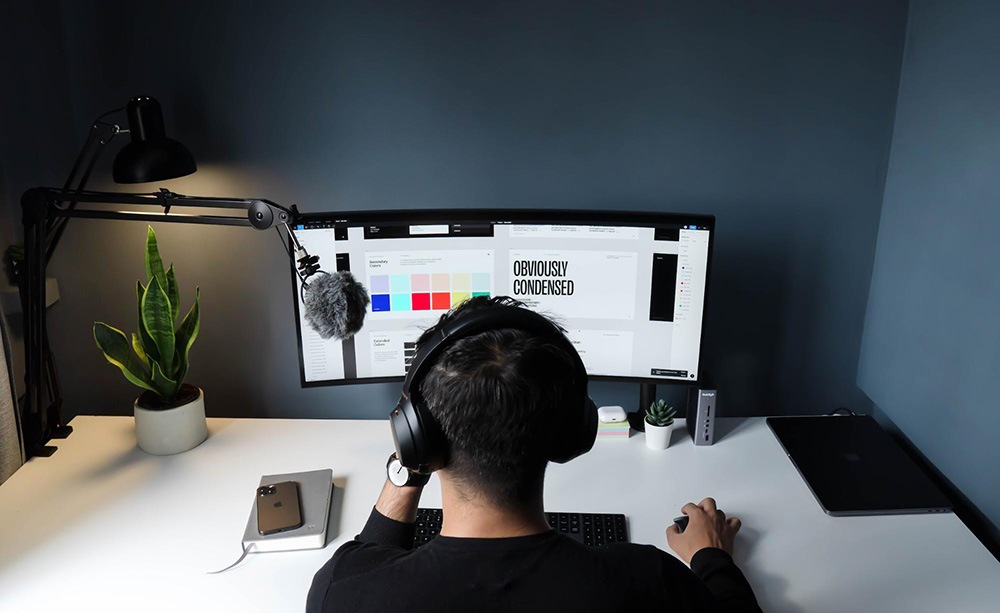
Launching Soon
Join our VIP list to receive early access and a LIFE-TIME discount on your Graphic
Design subscription.



Image: Unsplash
Branding can be tricky when you get overwhelmed by all the ideas you have about how you want to brand your business. Branding can also be an extremely costly affair if done wrongly.
However, this article is meant to help you streamline and even save you thousands on branding as we share our experience working on the brands of our clients.
 There are many misconceptions and inaccurate definitions of and about branding. Image: Unsplash
There are many misconceptions and inaccurate definitions of and about branding. Image: Unsplash
Believe it or not most of the time, people are often a victim of branding misconceptions and inaccurate definitions. Most people tend to think that branding is:
What branding truly is, was aptly defined by the author of Branding Strategy Insider, Seth Godin who said:
Thus, it would be fair to say that branding actually is:
There is also some confusion about the difference between a brand and a business and marketing, which we can clear in the table below:
|
Brand |
Business |
Marketing |
|
|
|
In short, the brand is the soul of a business and marketing is the byproduct and execution based on a branding strategy.
The most common misunderstanding is the differences between branding and identity:
|
Brand |
Identity |
|
|
 The right branding strategy can help you find your target market. Image: Unsplash
The right branding strategy can help you find your target market. Image: Unsplash
We often get asked why there is any need to focus on branding when marketing helps get leads. Firstly, the right branding strategy can help you streamline your customers to find your target market. This is crucial for customer acquisition and retention.
Branding allows you to connect with your audience, show them you understand their needs, and help them resonate with you.
Secondly, it allows customers to see your unique selling proposition to help your business be on the top of their minds instead of your competition. This is especially crucial if you are dealing with a highly saturated market such as F&B and hospitality.
Lastly, branding is necessary when building a business to last for generations. When you work on your branding strategy to apply to marketing collaterals, you are essentially creating a long-term expectation of your business.
This is how you attract investors to be part of your business’s long-term journey.
According to Brandagency.com, a good benchmark for budding businesses is to spend 20% of the total yearly budget on branding. For more established businesses, you are encouraged to spend 4-10% of your annual revenue on branding.
But what if we told you there was a hack to spend a lot less and still have an impactful brand?
 It is indeed possible to come up with good branding on a budget. Image: Unsplash
It is indeed possible to come up with good branding on a budget. Image: Unsplash
Here are some really effective tips to do so:
Start your branding drawing board by asking questions about your buyer persona. A buyer persona is a semi-fictional character that you have created in order to represent your customers.
Doing so will help you tailor your business’s message, products and offerings towards your customers. If you have not yet started the business, this is the time to ask yourself what problem you want to solve with your product and service and who is it for.
Buyer personas can be created through research, either by browsing Google or social media to better identify the customers who need your products and services. If you have competitors, that’s the best place to start.
Once you have developed several buyer personas, it’s important to describe your buyer’s pain point, what kind of solutions they need, and how they would like the solution to be executed. You can also elaborate on some demographic characteristics such as interests, gender, location, age, etc.
If you have an established business, you can probably extract demographic information from your website traffic and other sales conversion tools to determine the demographic of your customers.
In this stage, it is encouraged to create a narrative of your customers in specific aspects such as language, niche interests, etc. The objective is to have only 5 to 7 buyer personas at the end of this exercise.
Here, you decide on the brand personality that will resonate with your buyer personas. Here are some brand archetypes and the famous brands that have them;
Usage of positive and kind speech, this personality sees the good in everything.
The Sage brands believe the path to happiness is paved with knowledge and sharing the truth with others.
This brand personality yearns to discover the world in an authentic and fulfilling way. They are often nonconformist and are pioneering.
This brand wants a revolution and is not afraid to bend or break some rules to achieve it.
The brand personality that wants to make dreams come through their knowledge and create “magical moments”.
Heroes are brave, selfless, stand up to the bad guy and defend the underdog.
This brand personality is an idealist that is aspiring for not only sensual pleasure but true love as well.
A brand that wants to “Rule them all”. Their narrative is centered on why they are industry leaders.
Brands that are focused on social and ethical values. They generally place a higher value on customer service.
Now that you’ve established your buyer persona and your brand personality, you can create a mood board to centralise and streamline your brand. This will allow you to have a good visual of what you want your brand to look and feel like.
We’ve elaborated on this in this article if you want a comprehensive guide. In summary, a mood board is a collection of images, typography, colour and illustrations that represent how you want your brand to look and feel. You’ll want to make sure you include the following to your mood board;
Depending on your buyer persona, you would have a good idea of which social media platform your ideal buyer will be using. Here are some examples of the psychographics and demographics of the users of top social media platforms.
Facebook: Users are aged between 25-34. The platform is convenient for community building, however, it has a weak organic reach. Suitable for brands with Caregiver or Hero personalities.
Instagram: Users are wider between the age of 18-35 years old. The platform mainly focuses on images and videos. The videos are resource heavy, however, the algorithm is stronger than Facebook to attract an organic audience.
TikTok: Users are between 10-30 years old. The platform is best suited for Explorers, Outlaw and Magician brand personalities. This platform has a strong algorithm to attract organic audiences, however, video editing can be a daunting task.
 Creating your brand and the materials associated with it requires a lot of time and research. Image: Unsplash
Creating your brand and the materials associated with it requires a lot of time and research. Image: Unsplash
Now, in this article, we gave you some tips and insights on building your brand strategy which would cost your company at least $1000 USD. Now that you’ve workshopped your branding, let us help you with the marketing materials.
Our team of expert designers is equipped to deliver high-quality and unique designs to bring your branding vision to life. Learn more about how we have helped support our clients' branding needs by setting a call with us, but before that, here’s some information that you can mull about ahead of that call:
Our prices start from as low as RM1,899 and you will get:
We are equipped to handle a vast variety of online and offline marketing collateral which include:
So, if that sounds good, go ahead and set up a 15-minute VIP Demo Call with us and we will be happy to share our industry insights to help you in your branding journey.
Alternatively, do drop us a line at hi@brandripe.com or chat with us on the main page!

